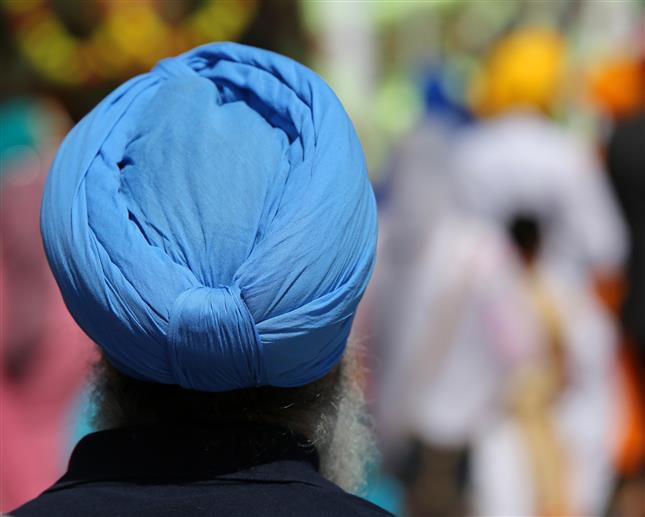
DURING a meeting with turbaned Indian diplomat Taranjit Singh Sandhu in 2022, US President Joe Biden said: ‘He looks so distinguished. This is how ambassadors should look like.’ Hearing these words, I felt proud to be part of the ‘turbaned gentry’.
Dastaar (turban), derived from Dast-e-Yaar, is a Persian word which means ‘the hand of God’. In medieval India, members of the royalty, the nobility and the upper castes used to wear a dastaar. With the passage of time and social reforms, it became the headwear of a large section of the population in the subcontinent. The influence of Western culture has gradually relegated the wearing of the turban, once a sign of social status, to special occasions, leaving largely the Sikhs to maintain this tradition that is deeply embedded in their religious and cultural identity.
This distinct identity has its benefits as well as challenges. I feel a sense of camaraderie whenever another turbaned person comes into view, especially in alien lands far away from Punjab. On numerous occasions, turbaned strangers have wished me ‘Sat Sri Akal’ with folded hands.
A turbaned man invariably attracts attention at a gathering. During my training days at the National Defence Academy, where the cadets with a crew cut appeared identical, it was the turban that stood out. While on a United Nations mission, soldiers from other countries, visibly intrigued by my headgear, would request for a selfie with me.
In the turban is wrapped the wearer’s pride and self-respect. Adorning it, he becomes the ambassador of his community, faith and country when abroad. Just as the uniform of a soldier restrains him from misconduct, the turban prevents me from indulging in acts that could bring disrepute to it. Heavy is the head that wears the crown. While a king wears his crown on ceremonial occasions, a ‘Singh’ is crowned every morning, constantly reminding him to maintain his dignity.
Unfortunately, in today’s fast-paced, globalised world, the relevance of the turban is being questioned. Don’t you get tired of wearing that ‘weight’ on your head all the time? Doesn’t it restrict you from performing activities that others enjoy but you cannot? I have become adept at explaining why I use seven yards of cloth just to cover my head when a sari of the same length covers the entire body.
At times, pride and honour overcome the pressures of fashion or convenience. Perhaps there will always be some ‘turbanators’ who will keep the ritual alive, invoking the spirit of Pagri Sambhal Jatta, the more than a century-old movement associated with Bhagat Singh’s uncle Ajit Singh. Tradition, after all, is not the worship of ashes; it is the preservation of the fire. Incidentally, April 13 is not only Baisakhi day but also the International Turban Day.
